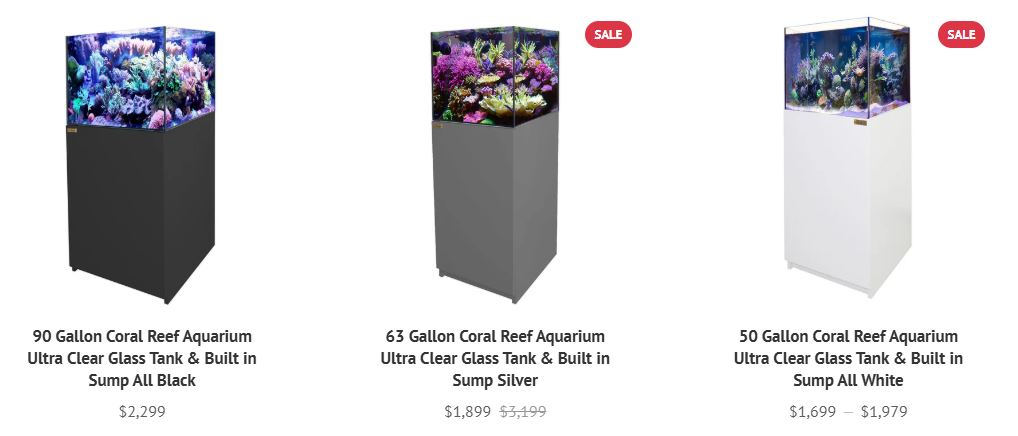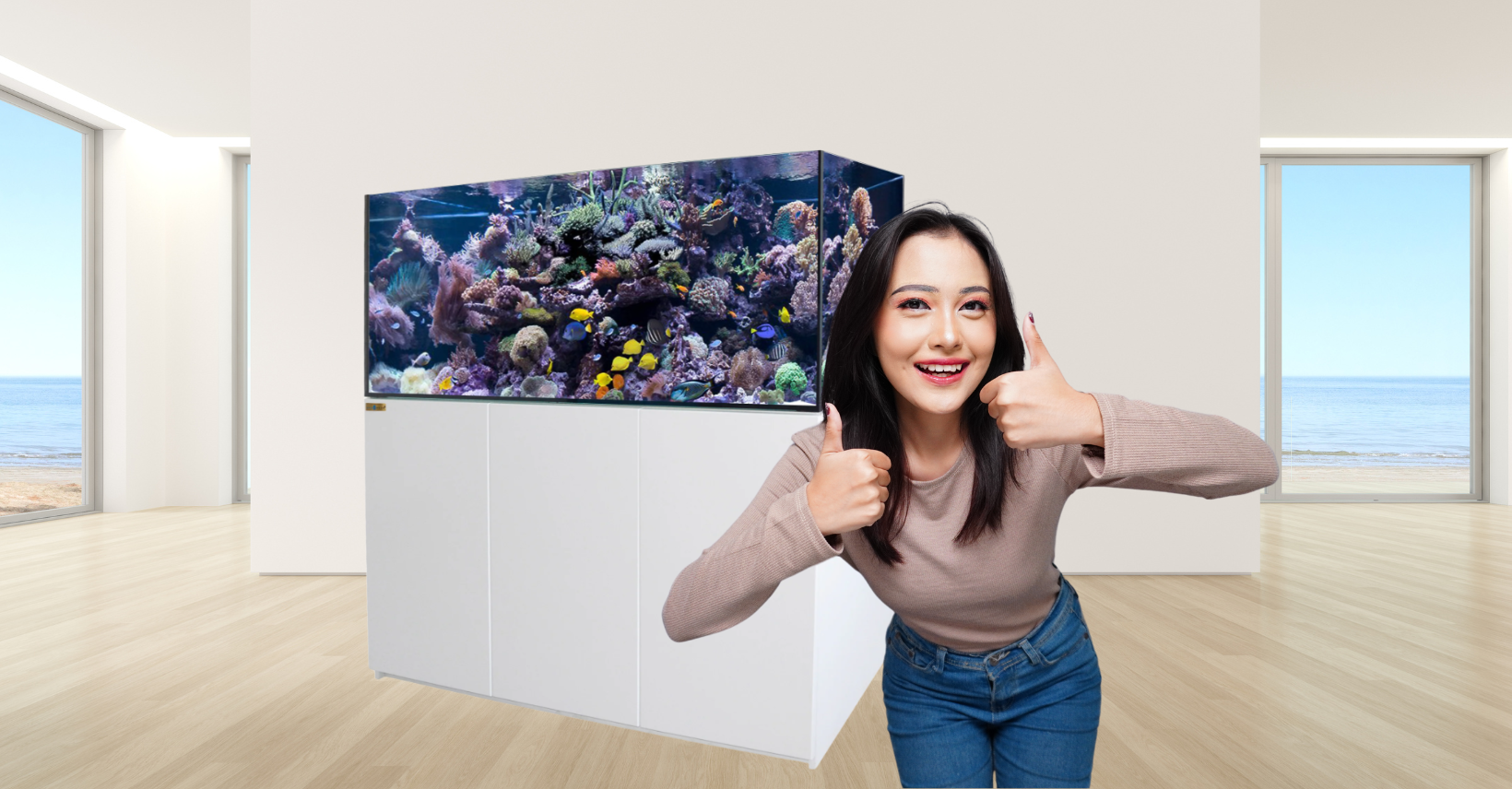
Care Tips for Fish and Corals in Saltwater Aquariums
Introduction
Setting up a saltwater aquarium can be an exciting yet challenging endeavor. Many enthusiasts face hurdles such as managing water quality and selecting suitable equipment—from water pumps to Protein Skimmers and wave makers, along with essential coral reef aquariums supplies that support healthy marine life. This guide explains the essentials for establishing a thriving marine ecosystem while highlighting key coral reef aquarium supplies. With proper knowledge, you can create a vibrant, self-sustaining environment for your fish and corals.
Key Takeaways
- Understand saltwater aquarium fundamentals for a healthy marine environment.
- Use essential equipment like water pumps, Protein Skimmers, and wave makers to maintain water quality.
- A well-planned setup, including substrate arrangement and cycling, ensures a thriving ecosystem.
- Routine maintenance and early problem detection keep your aquarium healthy.
Understanding Saltwater Aquarium Fundamentals
Saltwater tanks mimic ocean conditions where salinity, temperature, and nutrient balance are critical. These systems need specialized equipment and care to maintain the proper water chemistry for corals, fish, and invertebrates. Adding minerals like calcium and magnesium supports coral growth, while precise control over water quality distinguishes them from freshwater setups. When planning your tank, consider space, budget, and long-term maintenance to support your chosen species.
Distinguishing Saltwater Aquariums From Freshwater Setups
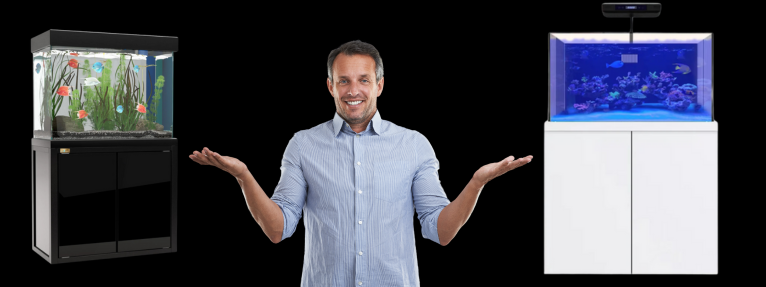
Marine aquariums require precise salinity regulation using synthetic sea salt mixes, unlike freshwater systems where tap water may suffice. Advanced monitoring with refractometers and test kits is essential. Additionally, complex filtration systems and Protein Skimmers help remove organic waste and improve water clarity. Recognizing these differences helps prevent issues such as unsuitable substrates or unstable water parameters.
Appreciating the Unique Appeal of Marine Aquariums
Beyond their vibrant colors, marine aquariums offer a dynamic ecosystem that replicates ocean life. They provide both relaxation and educational opportunities as you observe fish behavior, coral growth, and invertebrate interactions. Setting up a saltwater tank can deepen your connection with nature, and with proper care, your aquarium becomes a living art piece enhanced by advanced lighting systems and wave makers.
Overview of Different Saltwater Aquarium Styles
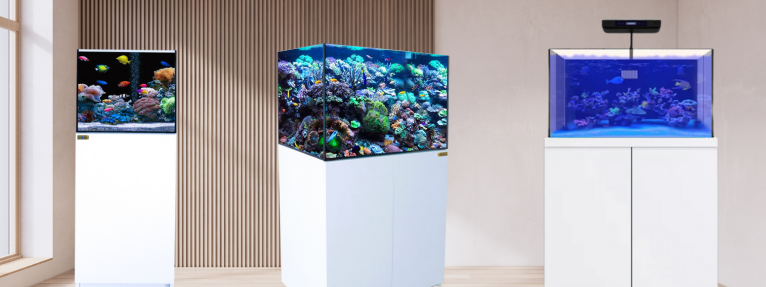
There are various aquarium styles to suit different interests and budgets. Reef tanks emphasize coral growth and need high-intensity lighting and precise water chemistry. Fish-only systems simplify maintenance by excluding live rock and corals. Nano tanks, popular in small spaces, offer a compact and beautiful setup. Each style requires equipment like water pumps, Protein Skimmers, and wave makers, and your choice will affect future maintenance and energy needs.
Budgeting for Your First Saltwater Aquarium
A careful budget is vital. Initial costs include the tank, filtration systems, lighting, water movement devices, heaters, and testing equipment. Ongoing expenses such as salt mix, supplements, and replacement parts should also be considered. Investing in quality equipment like superior water pumps and Protein Skimmers can reduce maintenance frequency and long-term issues, ultimately supporting a healthy marine ecosystem.
Selecting an Appropriate Size and Location for Your Saltwater Tank
Choosing the right tank involves considering size and location. Larger tanks usually offer more stability, making them ideal for beginners, while nano tanks suit limited spaces but require careful monitoring of water parameters. The tank should be placed in a visible, quiet location away from direct sunlight and extreme temperatures, with easy access to power outlets for essential equipment.
Essential Equipment for Your Marine Aquarium
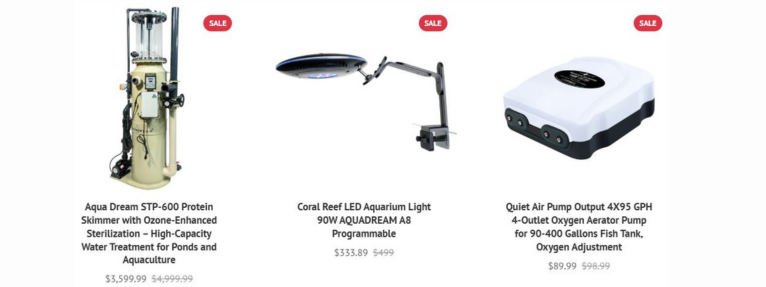
The success of your saltwater aquarium depends on equipment that replicates natural marine conditions. Each component—from the tank to water movement devices—plays a role in maintaining optimal water quality for fish and corals. We have a wide variaty of products such as LED lights, Air pumps and Filters etc.
Choosing a Suitable Tank for a Saltwater Environment
A proper tank is the foundation of your marine aquarium. It should be made of glass or high-quality acrylic to withstand saline water. The tank must be deep enough to support necessary water movement and large enough for live rock growth and biological filtration. A larger volume offers greater stability and creative aquascaping opportunities while meeting both structural and aesthetic demands.
Effective Filtration Methods for Saltwater Aquariums
Filtration is a cornerstone of marine ecosystems. Saltwater setups use biological, chemical, and mechanical filtration. Mechanical filters remove particles; biological filtration uses beneficial bacteria on live rock and sponge filters to break down waste; and chemical filtration, often with activated carbon, absorbs pollutants. Protein Skimmers remove dissolved organic compounds, preserving water clarity and enhancing overall stability.
Appropriate Lighting for Thriving Fish and Corals in Saltwater Aquariums
Lighting is crucial, especially for maintaining healthy corals. High-intensity LED or T5 fluorescent lights simulate natural daylight, support photosynthesis in corals and symbiotic algae, and enhance the vibrant colors of tank inhabitants. Adjustable lighting systems allow you to fine-tune intensity and spectrum to meet specific needs, contributing to coral vitality and a balanced ecosystem.
Creating Optimal Water Movement in Your Saltwater Aquarium
Simulating ocean currents is essential for even heat, oxygen, and nutrient distribution. Wave makers, power heads, and circulation pumps prevent stagnant areas and improve filtration efficiency by moving water continuously. Consistent water flow enhances gas exchange, supporting the respiratory processes of marine organisms.
Maintaining Consistent Water Temperature in Marine Aquariums
A stable temperature is critical for marine life. Reliable heaters and thermostats maintain a narrow temperature range needed by most marine species. Consistent temperatures support metabolic functions and reduce stress, disease susceptibility, and mortality, ensuring a robust marine ecosystem.
Step-by-Step Saltwater Aquarium Setup Process
Setting up your saltwater aquarium requires methodical planning and execution to ensure long-term stability.
Arranging Substrate and Rockwork in Your Saltwater Aquarium
The foundation of your tank is built with appropriate substrate and live rock. Use crushed coral or aragonite sand as the substrate, which supports beneficial bacteria and coral attachment. Arrange live rock to form natural reef-like caves and crevices, enhancing both visual appeal and habitat complexity for your marine inhabitants.
Cycling Your New Saltwater Aquarium for Biological Stability
Before adding marine life, cycle the aquarium to establish beneficial bacteria that convert harmful ammonia into nitrate. This process typically takes 4 to 8 weeks. Regular testing ensures ammonia and nitrite levels drop to zero, signifying a stable biological filter that is critical for a resilient ecosystem.
Maintaining a Healthy Saltwater Ecosystem
Ongoing maintenance involves consistent monitoring, cleaning, and adjustments to water parameters.
Keeping Your Saltwater Aquarium Clean
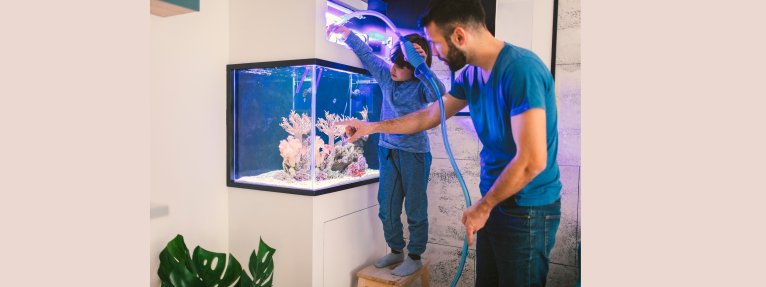
Regular cleaning prevents algae overgrowth and maintains water quality. Daily visual inspections and routine tests for pH, salinity, and ammonia levels are essential. Clean the glass, siphon debris from the substrate, and perform partial water changes every 1–2 weeks to discourage harmful bacterial blooms.
Adjusting Key Saltwater Parameters as Needed
Maintain optimal water conditions by continually adjusting salinity, pH, temperature, and nutrient levels using refractometers, thermometers, and pH meters. Immediate intervention during deviations—such as water changes or heater adjustments—protects your marine life from stress.
Early Detection of Problems in Your Saltwater Aquarium
Monitor for signs of problems like algae blooms, disease outbreaks, or equipment failures by observing fish behavior and water clarity. Regular testing and equipment checks allow for swift corrective action, ensuring your ecosystem remains healthy and balanced.
Frequently Asked Questions
Q: How do water pumps and Protein Skimmers contribute to a marine aquarium’s health?
A: They provide efficient circulation and remove organic waste, enhancing water quality and overall stability.
Q: What is the primary benefit of using wave makers in my saltwater aquarium?
A: They simulate ocean currents, improve oxygenation, and help evenly distribute nutrients throughout the tank.
Q: How often should I perform water changes in a saltwater aquarium?
A: Routine water changes every 1–2 weeks help maintain ideal water parameters and prevent toxic buildup.
Q: Can I mix different saltwater species in one aquarium?
A: Yes, but ensure species compatibility so that all inhabitants have similar environmental needs.
Q: Why is cycling a saltwater aquarium important before adding fish or corals?
A: Cycling establishes beneficial bacteria that convert harmful ammonia and nitrites, creating a safe environment for marine life.
Final Thoughts
Establishing a successful saltwater aquarium requires careful planning and precise execution. Understanding the fundamentals and using appropriate equipment such as water pumps, Protein Skimmers, and wave makers will create a stable environment for vibrant fish and thriving corals. With a deliberate setup process—including proper substrate arrangement and effective cycling—you build a long-lasting marine ecosystem. Implement these strategies and maintain regular upkeep to enjoy an ever-evolving underwater paradise.



 Aquariums & Supplies
Aquariums & Supplies
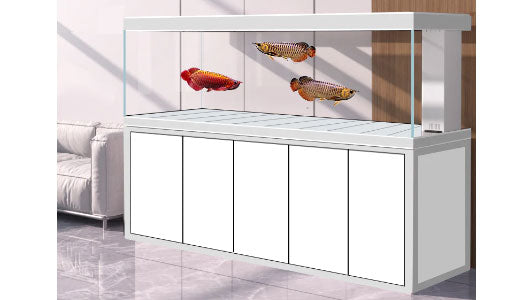

 Coral Reef Aquariums & Supplies
Coral Reef Aquariums & Supplies
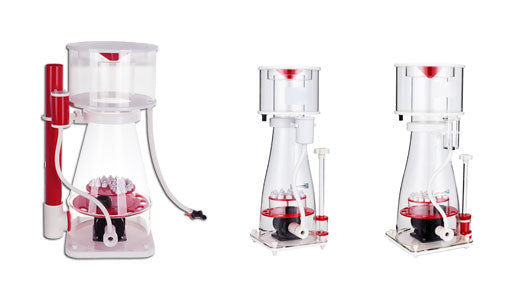

 Garden & Hydroponics & Landscape
Garden & Hydroponics & Landscape
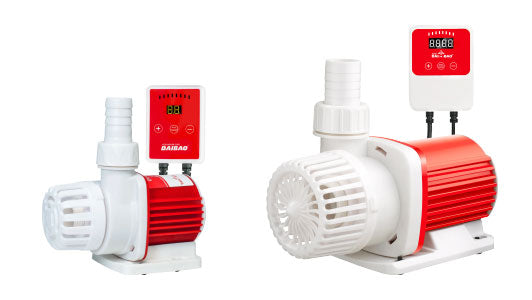

 Ponds & Fountains & Waterfalls
Ponds & Fountains & Waterfalls
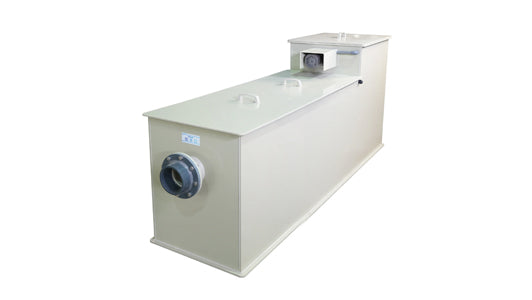

 Drum Pond Filter
Drum Pond Filter
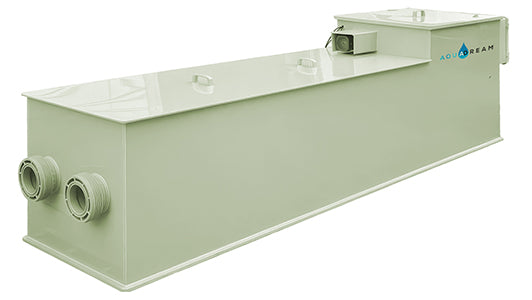
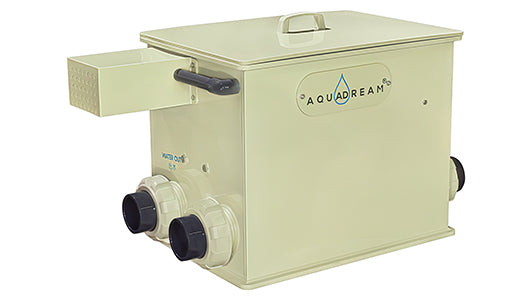

 Community
Community
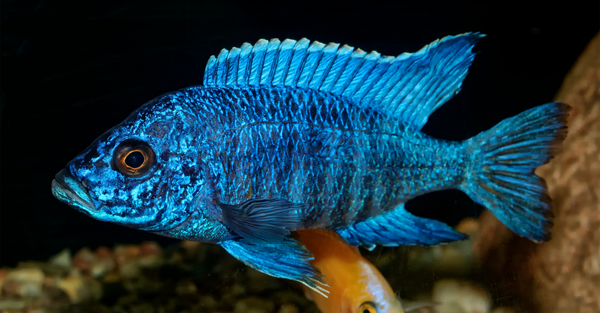
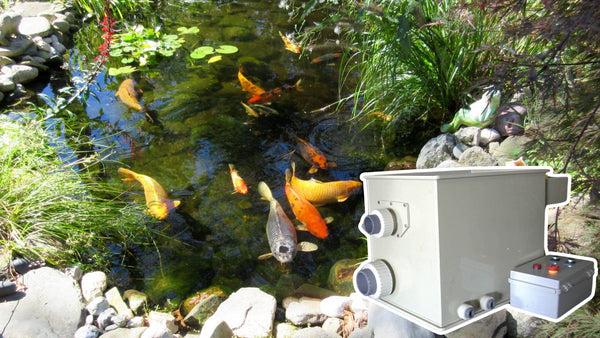

 Help Center
Help Center
